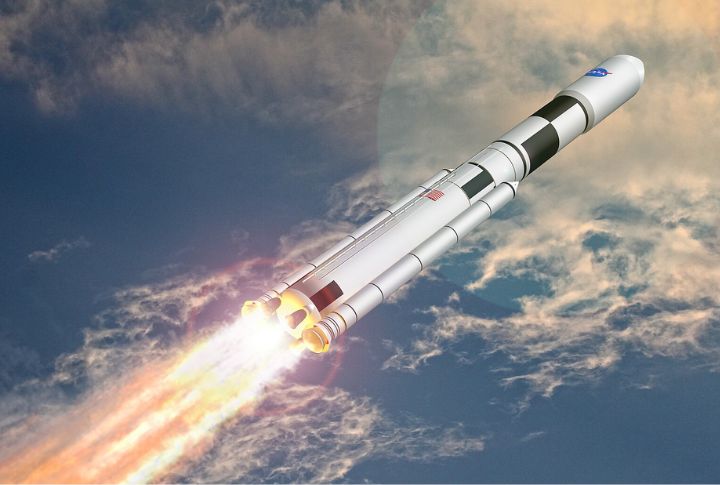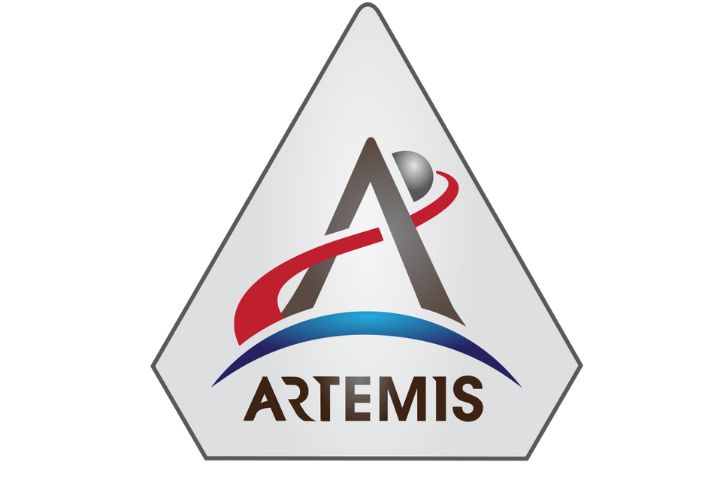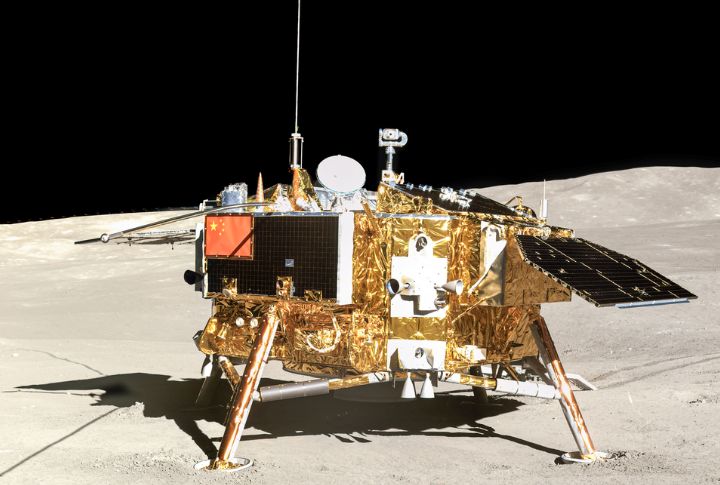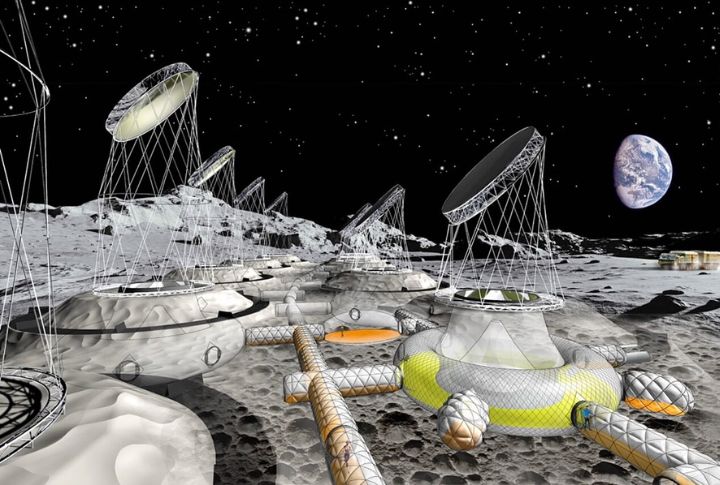
Once thought to be pure science fiction, living on the Moon is rapidly becoming a reality. Thanks to leaps in space technology and visionary missions, humanity is getting closer to establishing a sustainable presence on our lunar neighbor. Here’s why it’s more possible than ever before.
NASA’s Artemis Program Is Progressing Steadily

NASA’s Artemis program aims to return humans to the Moon and establish a sustainable presence. With Artemis II, the first crewed mission, scheduled for 2026, and Artemis III planning a lunar landing in 2027, the groundwork for long-term habitation is being laid.
China And Russia’s Joint Lunar Base Plans

China and Russia have formalized plans to build a nuclear-powered lunar base by 2036. This International Lunar Research Station (ILRS) will be situated near the Moon’s south pole and include facilities like a command center and scientific labs.
Advancements In Lunar Navigation Systems

Spanish company GMV has developed LUPIN, a GPS-like navigation system for the Moon. Designed to support scientific research and potential tourism, LUPIN will make navigating the lunar surface more intuitive, addressing challenges like communication delays and limited visibility.
3D Printing And Robotics For Habitat Construction

NASA plans to utilize 3D printing and robotics to construct lunar habitats using local materials. This approach aims to reduce reliance on Earth-based supplies, which makes lunar living more sustainable and cost-effective.
SpaceX’s Starship Enhances Lunar Access

SpaceX’s Starship, selected by NASA for the Artemis missions, is designed to land humans on the Moon and deliver supplies. Its large payload capacity and reusability make it a game-changer for lunar missions by reducing costs and increasing the frequency of trips.
Lunar Agriculture Is Gaining Ground

Growing food on the Moon is moving past theory. NASA has already cultivated crops aboard the ISS, and researchers are testing regolith simulants for plant growth. Successful farming on the Moon would support long-term stays with fresh food and oxygen production.
Commercial Missions Boost Lunar Exploration

Private companies like Intuitive Machines and Ispace are conducting missions to test technologies like lunar drilling and resource extraction. These efforts complement governmental programs and pave the way for commercial involvement in lunar habitation.
Radiation Protection Tech Is Improving Fast

The Moon lacks a protective atmosphere, exposing habitats to intense radiation. But breakthroughs in shielding materials like lunar regolith-based walls and polyethylene insulation are making it easier to safeguard future residents. Such innovations reduce one of the biggest risks to lunar living.
Lunar Tourism Could Jumpstart Economic Growth

Lunar tourism is no longer a far-off dream. Private companies are working on space tourism ventures that could bring civilians to the Moon within the next few decades. This industry could support the growth of infrastructure for both scientific and commercial lunar operations.
New Energy Sources Could Power Lunar Habitats

Innovative energy solutions like solar power and nuclear reactors are being developed to power lunar bases. Solar panels on the Moon’s surface could harness sunlight for continuous energy, while small nuclear reactors provide a reliable backup for long-term operations.

